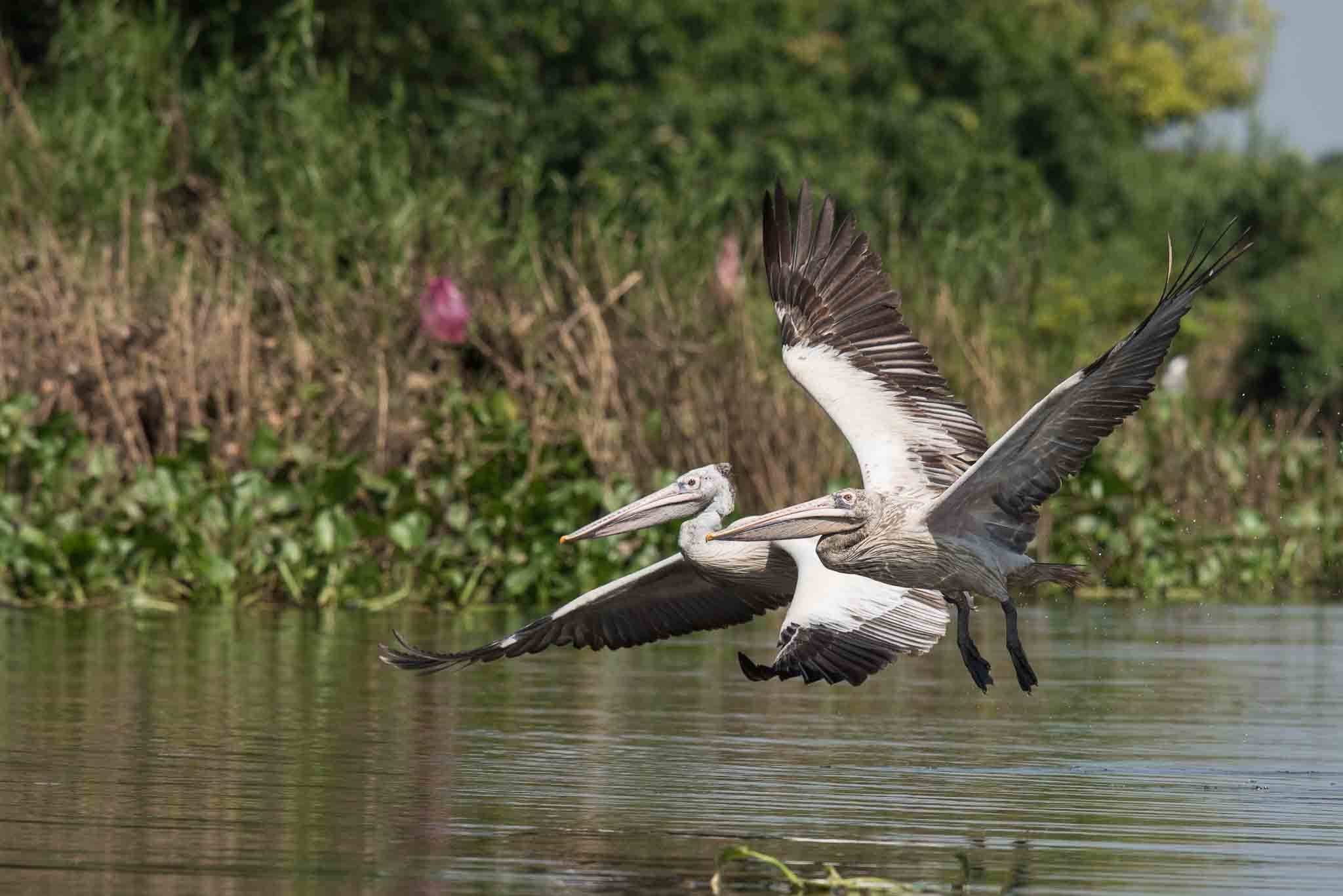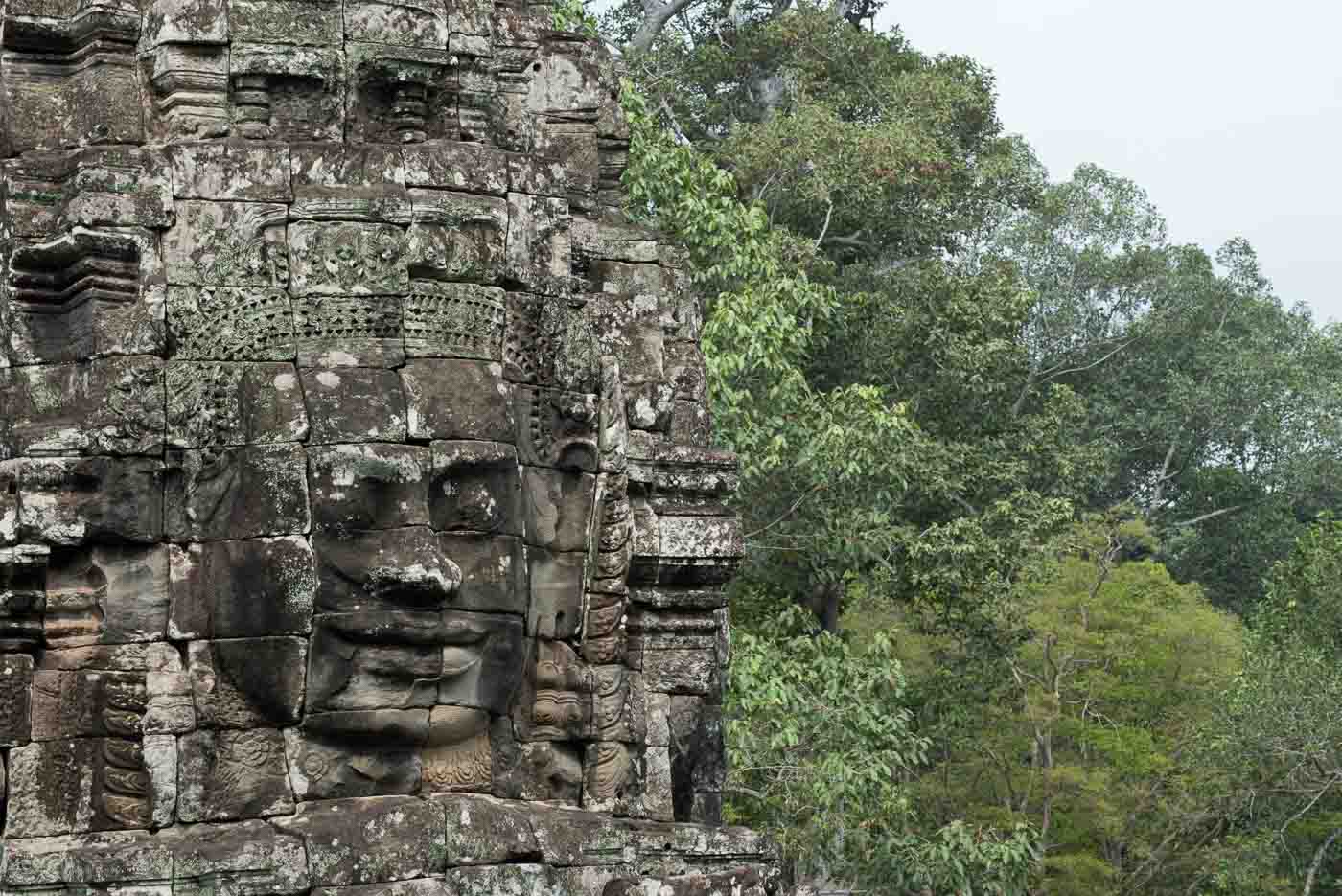
While neighboring Thailand has been a favorite destination for birders for decades, Cambodia has long been overlooked. However, some of the rarest birds in Southeast Asia, now gone from neighboring countries, still remain in the vast forests and relatively pristine wetlands of Cambodia. After emerging from the grip of a harrowing war-torn 20th century, stability and a growing infrastructure have returned, welcoming back conservation groups and birders alike. Since the 1990s, a number of very exciting discoveries have been made. These remarkable finds include a surviving, and thus far stable, population of Giant Ibis, one of the world’s rarest birds; two newly described species, the Mekong Wagtail and Cambodian Tailorbird; and the resurrection of species long thought extinct, the Orange-necked Partridge. The largest freshwater lake in Southeast Asia, Tonle Sap, and its surrounding wetlands support populations of several endangered waterbirds, including Greater Adjutant. Other species found along our route include White-shouldered Ibis, White-winged Duck, Green Peafowl, White-rumped Falcon, Bengal Florican, Rufous-winged Buzzard, and Black-headed Woodpecker. The same habitats that harbor these birds are still home to a list of mammals including Eld’s deer, black-shanked douc (langur), long-tailed macaque, yellow-cheeked crested gibbon, gaur (an Asian wild bison), common-palm and small-toothed civet, giant flying squirrel, lesser mouse-deer and pygmy loris. It is no wonder that Cambodia now rightfully claims its place among the list of “must-visit” birding destinations.
In addition to the country’s avian wonders, the ancient history of Cambodia is entirely fascinating and has left us with the “eight wonder of the world,” the incomparable Angkor Wat. While this is a birding tour, any trip to Cambodia would be incomplete without a tour of this incredible destination. Our two-week itinerary weaves its way between the modern cities of Siem Reap and Phnom Penh, passing through ancient Angkorian ruins, intact diptocarp forests, vast seasonally flooded grasslands, and remote villages of the rural north.
We are very pleased to partner with the Sam Veasna Center (SVC) for this tour. SVC is a Cambodian non-profit conservation organization whose goal is to provide alternative sustainable livelihoods from ecotourism for the communities that live in and around critical conservation areas. The ecolodges that we’ll use are a direct result of SVC’s efforts and help to conserve Cambodia’s riches by providing employment for the local guides, cooks, and support staff for our tour. A portion of your tour fee goes to support these conservation and community development efforts.
